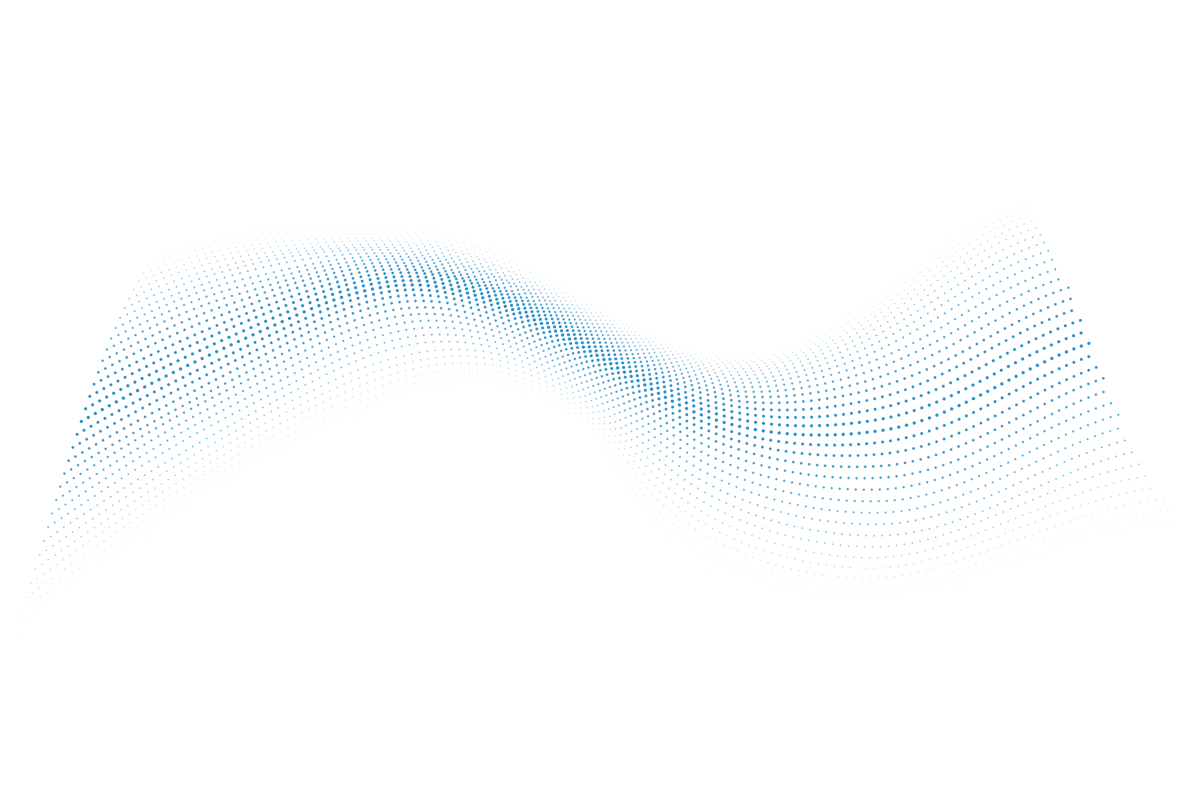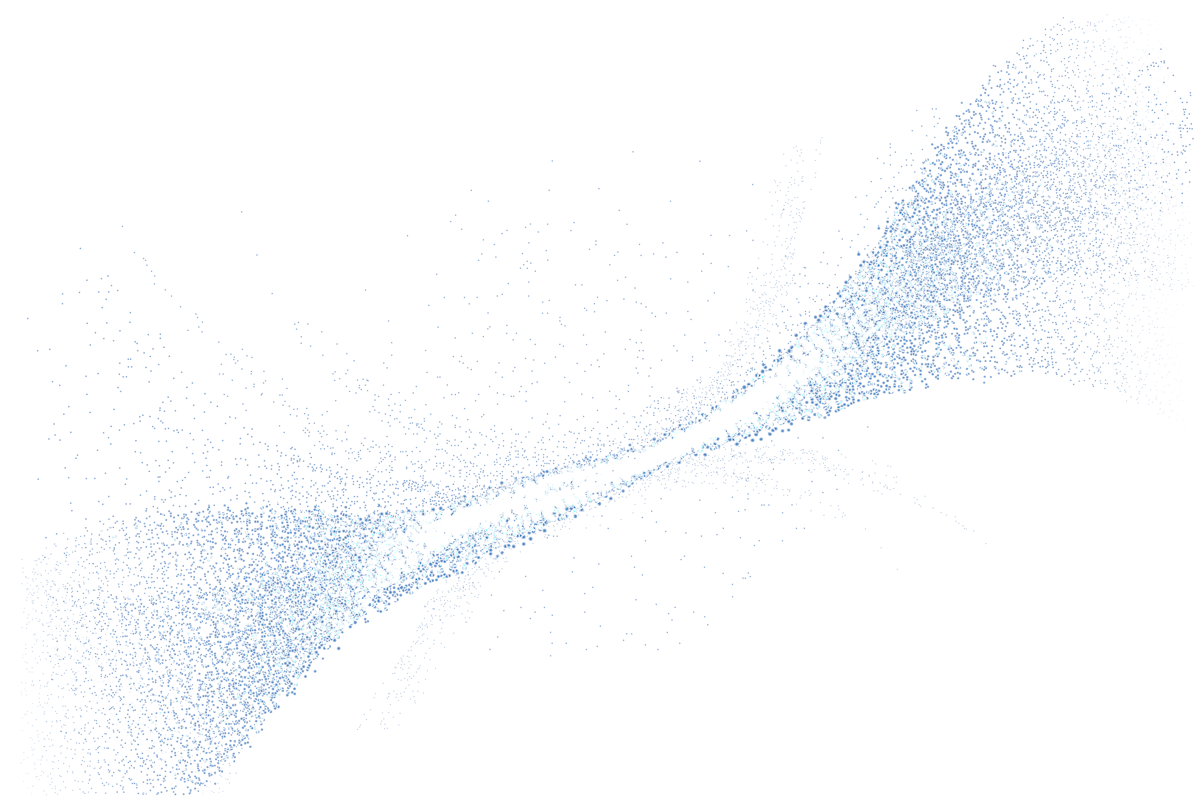A Growing Spectrum of Solutions
As a manufacturer of high-sensitivity infrared cameras and hyperspectral systems, we offer a complete range of customizable and modular equipment to revolutionize the operations of our partners in three sectors: Life Sciences, Advanced Materials, and Industrial.
Segments
Discover the Alizée: one of the most cost-effective high-end InGaAs cameras on the market.
The Alizé 1.7 is a top-of-the-range, scientific-grade InGaAs camera with 640 x 512 pixel resolution, combining performance and reliability. It features low noise, high sensitivity and a very high refresh rate, and is perfectly compatible with an external trigger. This is made possible by a combination of state-of-the-art control electronics and a four-stage thermoelectric cooler (TE) that can maintain sensor temperatures as low as -60°C.
Who we are
Photon etc. is a team passionate about science, technology and people, our gathering of innovators fuels a dynamic and effervescent environment, where trust and freedom of action motivate a proactive and collective commitment.
Our goal is to provide in-depth understanding and insight into a complex world. We work to create a better world by putting innovation and new technologies at the service of the planet and the people who inhabit it.
Deep technological know-how combined with unbridled creativity enables our team to tackle society's biggest challenges in an environment defined by rigour and innovation.
Passionate about photonic innovation? Join us!
At Photon etc., our success starts with you. We believe this is where you'll do your best work and have the time of your life.
Joining our team means joining the innovation pioneers working at the forefront of technological breakthroughs. Take pride and motivation in delivering projects that have a positive impact on the quality of life, the environment and society in general.
We are always on the lookout for passionate new talent to join our growing team.










